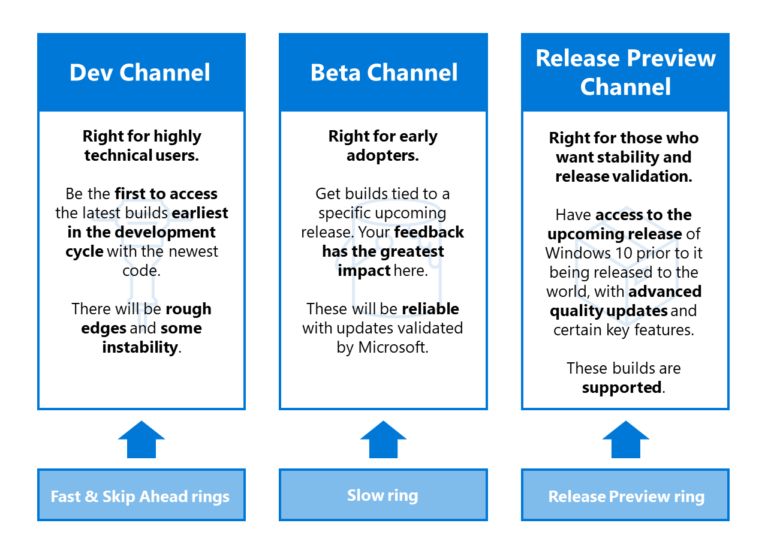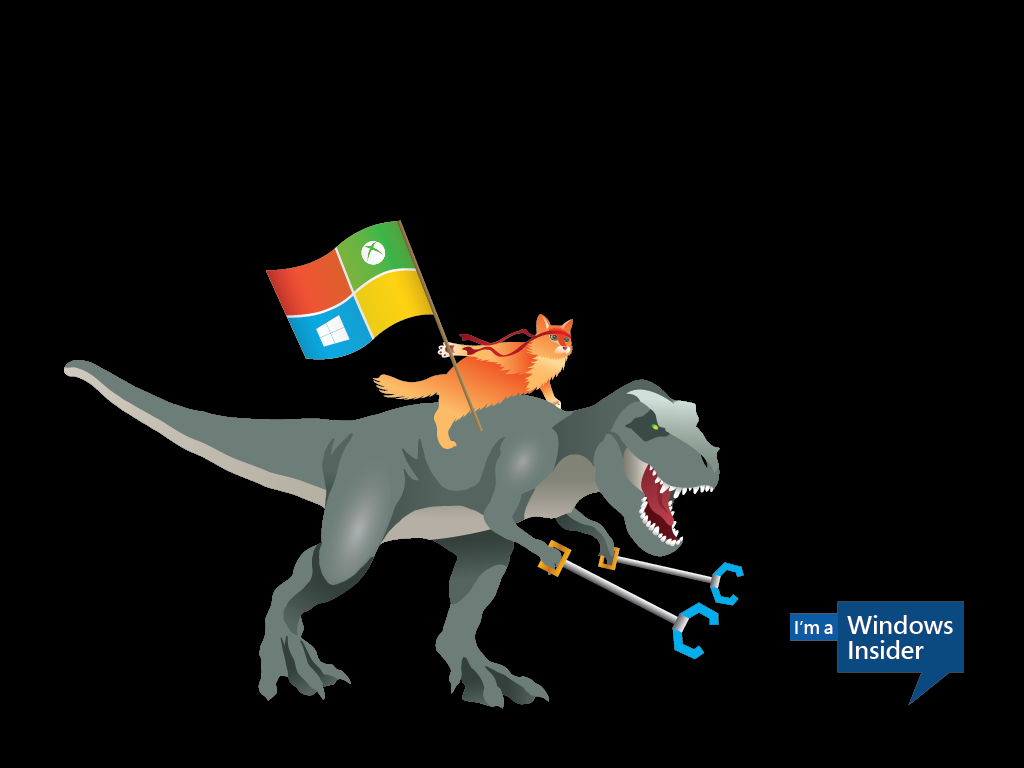Bottom line: Microsoft's upcoming Windows Insider builds will now be distributed via three channels: Dev, Beta, and Release Preview. These channels are replacing the 'Fast', 'Slow,' and 'Release Preview' rings and will streamline OS development efforts with the company's other products.
With the release of Windows 10, Microsoft did away with traditional OS deployment and shifted to Windows as a service (SaaS) model. This gave way to a biannual release schedule for the OS alongside a major shift in its QA policy.
That policy led to Microsoft laying off almost the entire Windows testing team, and the in-house effort of testing builds, feature updates, and drivers were, by and large, shifted to the public with the announcement of the Windows Insider Program. Enrolled users were then given a choice to pick between fast, slow, and release preview rings, based on build frequency, and provide Microsoft with their experiences and feedback on new features.

Microsoft has now announced that it's shifting focus from build frequency to quality by switching from the rings-based model to release channels. "We began to realize that we were "outgrowing" the original concept for rings," noted Amanda Langowski, citing three OS builds from three different releases that were circulating among Insiders last year.
The new channel model "pivots on the quality of builds and better supports parallel coding efforts," she notes, adding that Insiders can expect to find similar naming schemes across other company products, including Windows and Office programs, Edge and Teams.
Changes to the Windows Insider program go into effect with builds arriving later this month. Insiders in existing rings will automatically be shifted to their corresponding release channels and won't need to take any action on their end.
